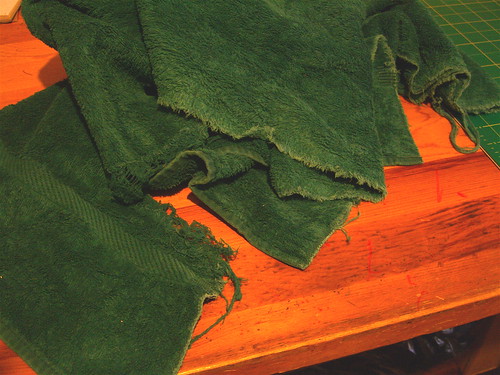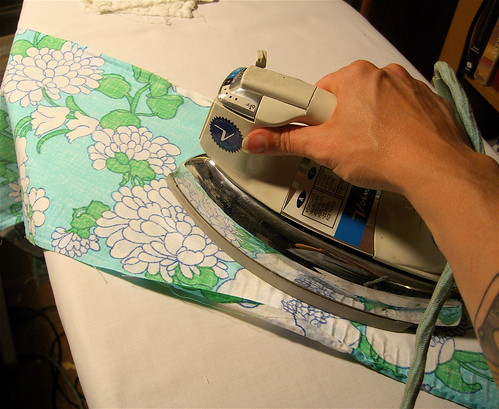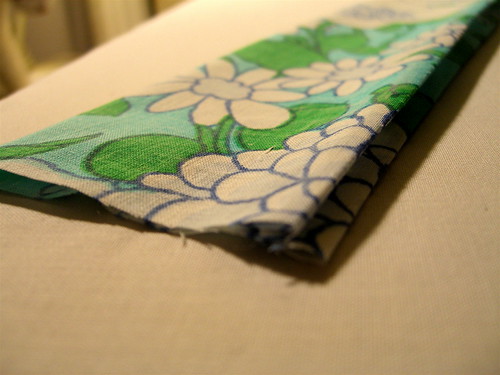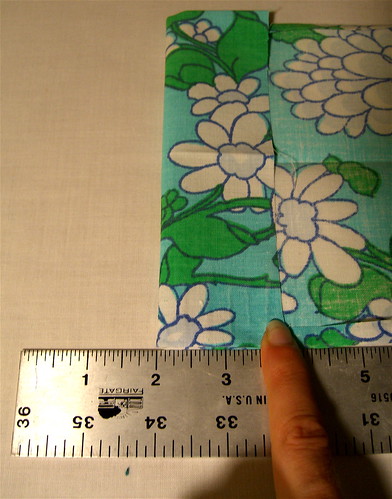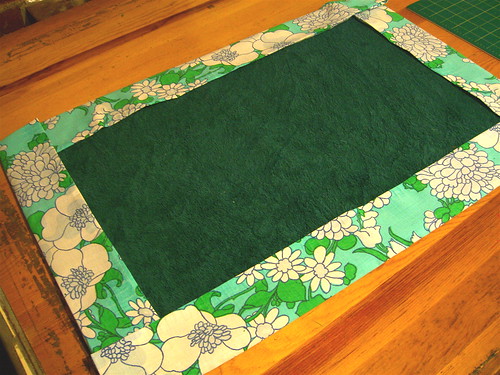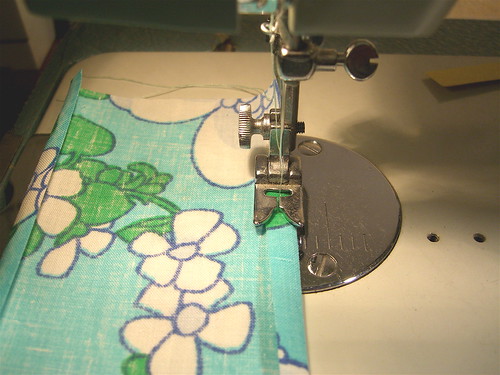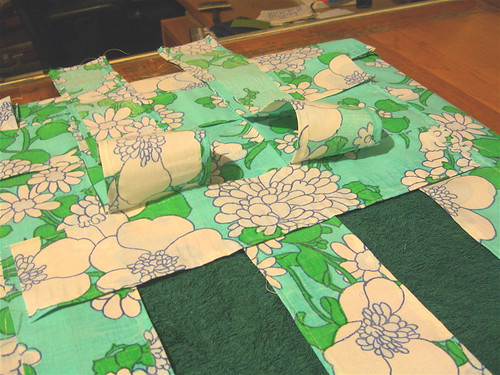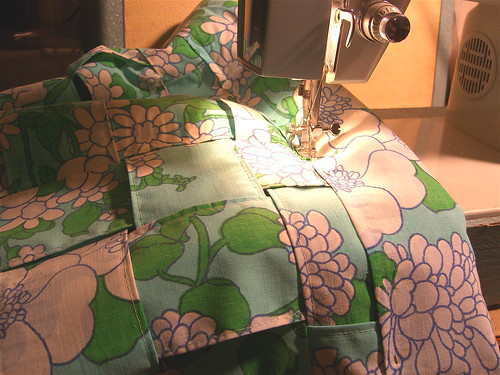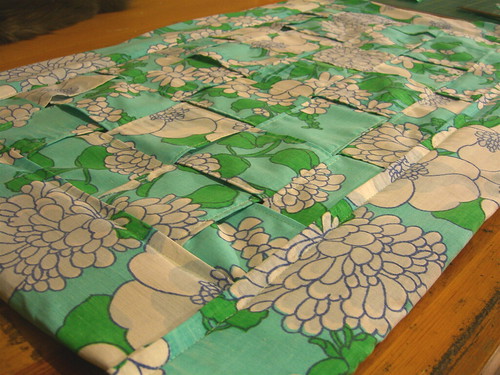Around this time of the year,
kids get to learn a lot about recycling, planting and trash clean up in
celebration of Earth day. I think it’s important to let them know we must do
these things all year around and Earth should be celebrated every day. So, it doesn’t matter if you do this
project on Earth day, this week or next month as long as your kids experience the joys and wonders of watching
their own seedlings emerge. Plus, they’ll get a little lesson on recycling and
composting on top of it all!
* An empty egg carton (the molded pulp ones, not plastic or polystyrene)
* Potting soil
* Seeds
* Plastic wrap or bag
* Pen or pecil
* Tooth picks and
paper to make labels
Tip: to make the germination process a breeze, pick seeds that germinate easily such as beans, pees, carrots, squash, cucumber and pumpkins. Hard to start seeds might not even sprout and you’ll end up having a frustrated kid!
Get started:
1. Separate the bottom part from
the lid of the egg carton. Take the bottom part and poke holes in each cell
using the tip of a pen or pencil.
Those will be the drainage holes. Place the lid of the egg carton under
the bottom part, nesting one under the other. Now you have your seedling tray.
2. Place small amounts of soil in
each cell and plant the seeds making sure the seeds are lightly covered by soil
(follow package directions)
3. Water each cell. Be mindful
not to over water the seeds, a spray bottle comes in handy.
4. Use tooth picks and paper to make
labels. You can also use rocks or clothes pins to label the seeds.
5. Cover your tray
with plastic wrap or a bag to create greenhouse conditions.
6. Place the tray
by the window and watch your seeds grow! Keep soil watered and remove the
plastic wrap when the first leaves appear.
7. When your plants
have more than two leaves, separate each cell and plant it directly into the
ground (or pot). The pulp that the egg carton is made of will decompose and
become compost.
Doing this project
is a great way to teach kids about the importance of planting and re-planting,
recycling and composting. Explain to them why we should plant trees, how you
are recycling the egg carton and how it becomes plant food. Let them have fun
while you guide them. Make a photo journal, they’ll enjoy comparing the
growth of the plants and making observations later on. I know I did when I
was little and now I pass the experience on to my kids.




































